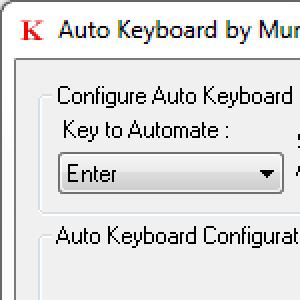How to debug a job

Here’s a simple way to start debugging a job: Go to transaction SM37; Click on the job you want to debug; type JDBG in the command line (without /) and press ENTER; and… bang! you’re now debugging the job. Thank you Ricardo Monteiro for the tip. And thank you Ingolf for the photo. Greetings from Abapinho














